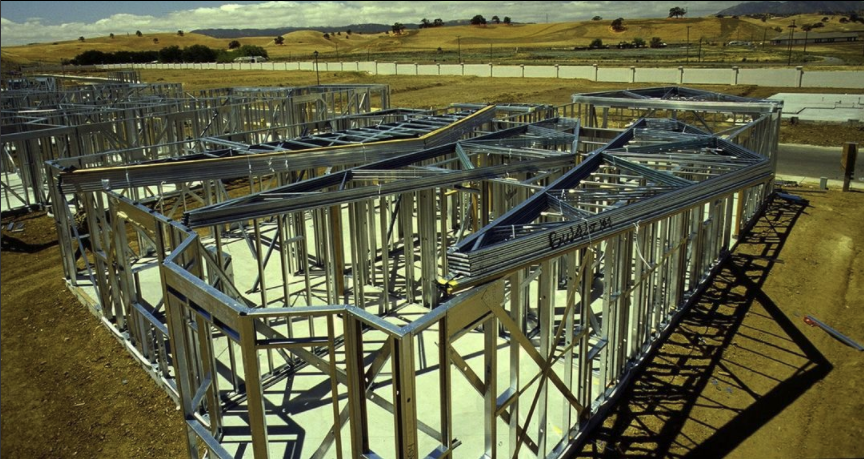- Call Us Today! 555.365.323
- |
- sales@africansteelsynergy.com

A core advantage of cold formed steel (CFS) is its adaptability and its suitability for the two main construction methodologies: onsite and offsite construction. In this post, we explore the differences between these two construction methodologies, and how the different approaches combine to demonstrate the superb versatility of CFS.
Offsite construction
A defining benefit of CFS, and one which has been a major contributor to cold formed steel’s growth in popularity over the past few decades, is its ability to be constructed away from the building site. Offsite construction is growing fast and increasingly promoted by governments programmes for its speed and cost efficiency in many countries including Australia , the US, Canada, China, India, South Africa and the UK.
Some major benefits of offsite CFS construction include:
Here’s a few examples of the most common offside methods of CFS construction
Panelization: CFS framing projects can have wall, floor and roof sections assembled offsite. The advantages of this include:
Internal partitions: Multi-story buildings regularly use internal partitions manufactured in CFS that are designed and produced to perfectly fit within an existing structure. It offers lightweight benefits as well as its speed and ease of installation.
Facades: The structural element of a building that provides resistance to the wind and other elements. CFS construction allows for a variety of facade treatments and shapes, all which can be assembled offsite.
Modular construction: This refers to factory-produced pre-engineered building units that are assembled offsite. These are then brought together on the building site to form a self-supporting structure.
Pods: a form of modular construction (popular for bathroom and classroom applications) intended for offsite manufacturing that’s designed to work on tight inventory control, large volumes and project schedules.
Onsite construction
While onsite CFS manufacturing doesn’t occur as frequently as offsite construction, it has proven benefits in two main different scenarios.
Onsite building scenario 1: An existing building or infrastructure
Onsite building involves the use of a frame production machine which can be placed in or on a building with a ‘manufacture as you build’ approach. This means adjustments and customisations can be made on site as trusses and other construction elements become available.
Onsite construction is ideal for projects that occur in tight urban locations where the storing of completed building panels is impractical or impossible.
Onsite building scenario 2: Building with no existing infrastructure or difficult access sites
A CFS mobile factory solution allows for construction in areas that are remote and difficult to access. A key example includes disaster relief response builds where rapid construction is needed in inaccessible places or with no infrastructure. There are also cases of commercial projects where swift construction is required in a controlled onsite environment.
© Copyright 2025 | All Rights Reserved.